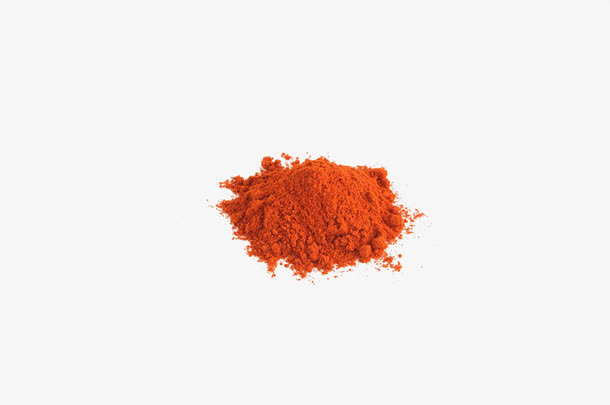This paper aims to deeply analyze how defoamers act on foam and reveal the basic principle of defoaming.

Defoamer, as the "killer of foam" in the chemical industry, its defoaming process contains rich scientific principles. By destroying the stability of foam, defoamer can quickly and effectively eliminate foam in liquid to ensure the smooth production process.
The action mechanism of defoamer is mainly based on the reduction of surface tension and the destruction of foam structure. When defoamer molecules contact the foam surface, they will rapidly diffuse and adsorb on the gas-liquid interface, reducing the surface tension, making the foam wall fragile and eventually burst. This process not only reflects the dynamic adjustment of chemical equilibrium, but also demonstrates the subtleties of intermolecular interactions.
In the process of beer production, the carbon dioxide produced by fermentation will form a lot of foam. In order to control foam overflow, the distillery will add an appropriate amount of defoamer. These defoamers can quickly penetrate into the foam, reduce its stability, and make the foam dissipate quickly, thus ensuring the smooth operation of the production line and the stability of beer quality.

 English
English
 Chinese
Chinese Vietnamese
Vietnamese
 HOME
HOME
 PRODUCT
PRODUCT
 NEWS
NEWS
 CONTACT
CONTACT


